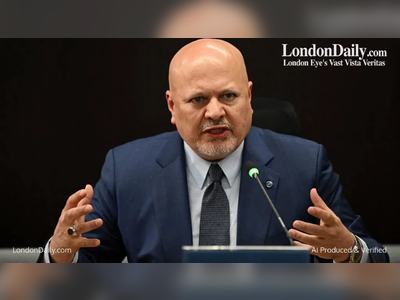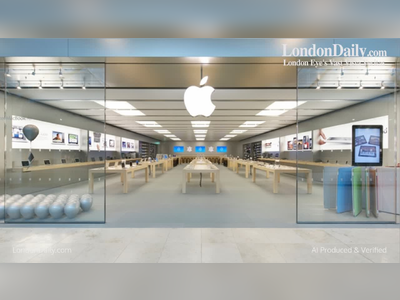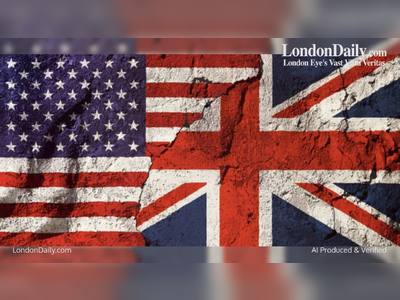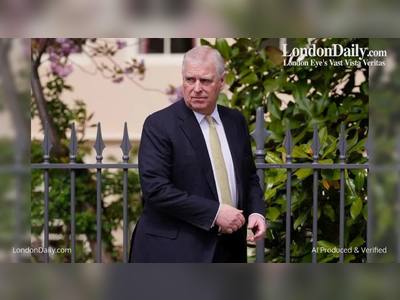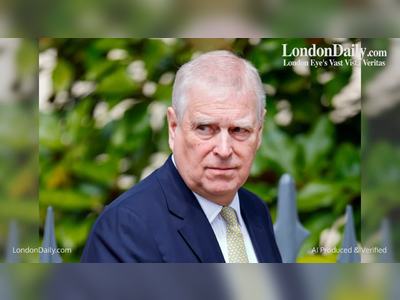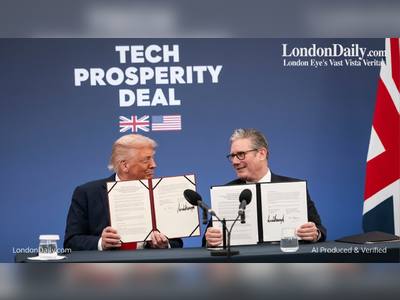
The invisible obstacles of non-binary dating
When Alexa Hermosillo, 25, came out as non-binary about a year ago, while living in San Diego, California, he found many of the people he dated still boxed him into a gender binary.
Hermosillo had short hair and presented as more masculine, but was using she/he pronouns at the time. People he dated, however, “would assign that more normatively masculine role to me”, he says (Hermosillo now identifies as trans masculine). “If we drove somewhere, I would be the person to drive. If I took them out on dates, I’d be the main person paying.”
This is one of the many nuanced issues people who identify as non-binary face when dating. Both dating partners and dating apps are likely to assign them to a binary gender. They may be treated, as Hermosillo says he was, as someone else’s dating “experiment”, particularly if that person is newly exploring a queer identity. They’re subject to misgendering and inadvertent insults, people who try too hard to empathise with their gender identity, and those who don’t try to understand at all.
Dating can be a minefield for anyone who’s looking for partnership – but for people who identify as non-binary, there are even more obstacles, often invisible to people who identify with the mainstream view of gender identity and heteronormative sexuality.
“Dating as a non-binary person, you're not only faced with societal, cultural norms from people who don't know you, but you're also put in opposition to people that you're dating,” says Hermosillo, “because culture really influences what people think about you and what your role is.” That cultural influence can often put non-binary daters’ personal realities and desires at odds with their dates’ views of how they should behave.
In the US, approximately 1.2 million LGBTQ adults identify as non-binary, according to a 2021 study by the Williams Institute at UCLA School of Law. Most of them (76%) report being between the ages of 18 and 29 years old. Research from the US-based non-profit Trevor Project showed that 26% of LGBTQ youth identified as non-binary in 2021. In other words, this seems to be an increasingly common gender identity, making up more and more of the dating population. And yet, non-binary people are still often misunderstood.
After all, being “outside of a binary system”, says psychologist Liz Powell, who’s based in Philadelphia and identifies as non-binary, can be particularly hard to grasp for those still operating within that binary system. “It creates this huge gap of understanding,” they say, in which those who identify within the binary “don't even think the [gender identity] you're talking about could possibly be real”.
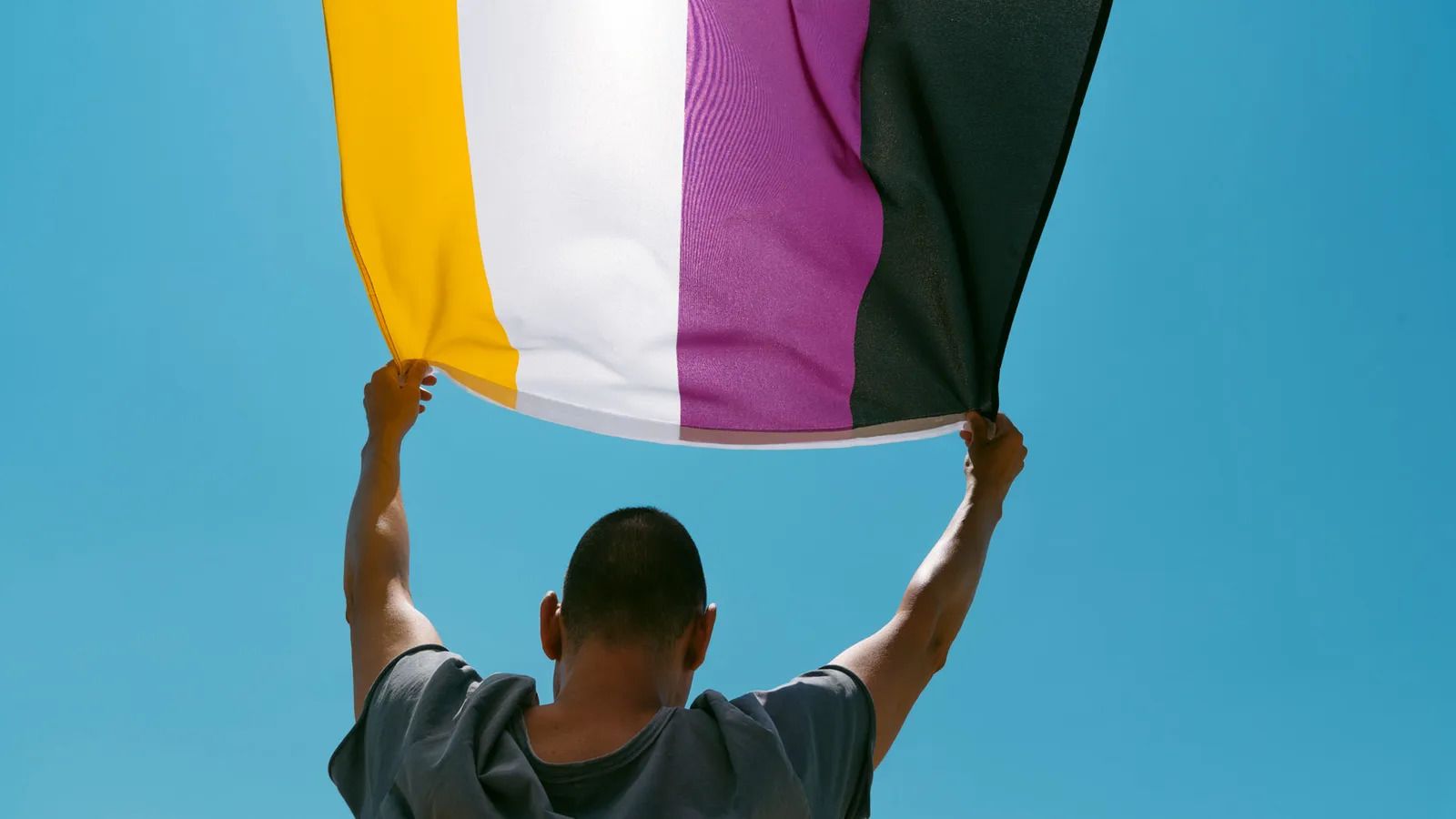 Identifying as non-binary means not defining one’s gender within the male versus female binary
Identifying as non-binary means not defining one’s gender within the male versus female binary Getting assigned to a gender binary
Identifying as non-binary means, simply, not defining one’s gender within the male versus female binary. In a sense, it challenges the very notion of that binary by showing that gender doesn’t have to fit into that long-established framework.
Though people who identify as non-binary don’t ascribe to a gender binary, the people they date still very well may. And dating a non-binary person while identifying with a gender binary might “challenge that person’s understanding of their own sexual orientation”, says Powell.
“As an Afab [assigned female at birth] non-binary person, there have been straight men I've dated who need me to be a woman in order for them to feel comfortable being attracted to and dating me,” explains Powell. “Because otherwise, it might mean that they aren’t as straight as they would like to be.”
The same goes for lesbian women, for example, who put a lot of importance on their lesbian identity. “There can be ways in which your non-binary-ness can make them feel like they’re being less queer by being with you, and therefore creates more conflict and challenge,” believes Powell.
They say their clients, most of whom are non-binary, describe similar experiences. It’s a relatively common occurrence - even in particularly progressive urban centers. Thirty-three-year old Beberoyale (who’s withholding their surname for privacy), lives in New York City. They recall dating someone there who identified as male, and asked Beberoyale for a photo of what they were wearing one day.
Beberoyale had been in the process of coming out as non-binary, “playing with wearing a packer or a binder, not wearing makeup”, they say. “I remember I was nervous to send him a picture because… I was dressed masc [masculine].” They explained that to their partner, and they thought he understood. But when they sent the photo, he replied, “That looks terrible on you. Why aren’t you wearing something that actually fits you?”
Dating a non-binary person while identifying with a gender binary might ‘challenge that person’s understanding of their own sexual orientation’ – Liz Powel
Traditional beauty standards can strongly influence how potential partners treat their non-binary dates. It can be even more complicated if a non-binary person sits at the intersection of multiple marginalised identities.
For New York-based Cheyenne Davis, 27, who self-describes as “fat, Black, and non-binary”, these types of biases play a lot into how potential dates may assign them to a female category. “I personally feel that because I'm not a white person, I don't present androgynously because I’m not thin,” they say. “We don't have enough representation of people that look like me as non-binary… that are outside of white androgyny.” This lack of representation can often lead to misgendering, even when Davis specifies that they’re non-binary on dating apps.
Struggles on and off the apps
Still, Davis regularly runs into problems with being misgendered on dating apps, which tend to cater to people who operate within the gender binary.
One dating app that they’ve used, BLK, which targets black users, offered a particularly disappointing experience for Davis as a black person looking to date other black people. The options for how you can appear on the app, they say, are “man”, “woman” or “other”, which Davis finds to be “very unsavoury” –“other” comes off as dehumanising terminology.
Feeld, says Davis, which services people who are ethically non-monogamous, polyamorous, and/or kinky, offers more and better options for how people can describe their gender. However, representation for people of colour is a problem on Feeld, which Davis calls “very white”. They also say they’ve been better able to describe their non-binary identity on apps like Hinge and OkCupid – but even people Davis met through those apps, they say, “would misgender me from time to time”.
Several non-binary folks who spoke with the BBC described the same, recurring problem with dating apps; while many allow users to identify as non-binary, their profiles still get lumped in with men or women when it comes to how other users of the app can view them. Even though these users specify that they don’t align with either of those genders, their profiles are served up to other users as if they do, since on most apps, users can specify that they’d like to see men’s profiles, women’s profiles, or both – leaving non-binary people with no category that makes sense for them.
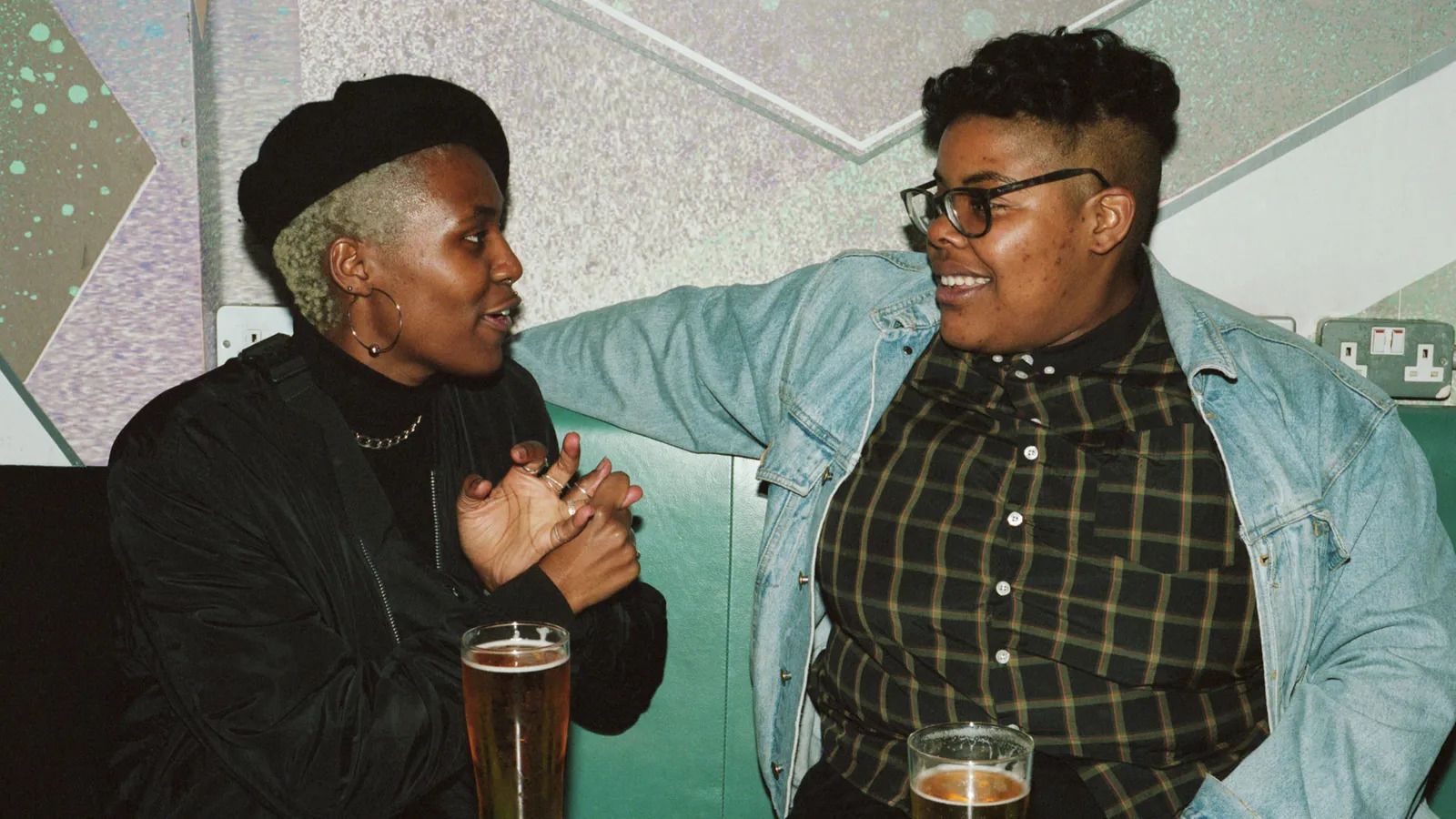 Since there is a certain level of safety for non-binary people in LGBTQ+
and non-heteronormative communities, many prefer to date within those
communities
Since there is a certain level of safety for non-binary people in LGBTQ+
and non-heteronormative communities, many prefer to date within those
communities
After all, most dating apps were created with a gender binary in mind. Bumble, for instance, describes itself as “women-first” (per an email to BBC Worklife from a Bumble representative), assuming a gender binary when it comes to how people match up on the app. The Bumble representative, however, also notes that users can choose who they’d like to be seen by on the app, like if they want to be seen by “women, men, non-binary people, a selection of two options, or everyone”.
Then there are dating apps such as Lex, which primarily target users who identify as “queer, trans, gender non-conforming, two spirit, and non-binary”, according to the dating service’s website. A representative from the company wrote to the BBC, “Our app does not work under a binary system. It truly is a fluid experience.”
These apps can be helpful for non-binary users, some of whom say meeting a person online gives them a chance to better screen potential dates before meeting up in person. Davis feels that “there's a level of safety that comes with online dating as a marginalised person, because you can curate what you're seeing [and] what you're not seeing”.
From their past experience with dating apps, Beberoyale, who always includes their pronouns in their dating app profiles, has developed a sort of sixth sense for users who are liable to see them “as a woman”, they say. They’ve found that dating queer as opposed to straight men has been best, since they’re “already in the [LGBTQ+] community”, which gives them a better understanding of gender identities that exist outside the binary.
Since there is a certain level of safety and assurance for non-binary people in LGBTQ+ and non-heteronormative communities, many prefer to date specifically within those communities. “A lot of non-binary folks that I know aren't as active on the apps. They tend to prefer to meet folks through queer or kink or poly communities,” says Powell, “because the apps are a much higher source of misgendering… than those more community-based spaces.”
The problem with these in-person spaces is that they can be limiting in terms of numbers. While dating apps have a seemingly endless supply of users looking for dates, local LGBTQ+ communities are generally small worlds. “It just becomes a much narrower pool of folks who are going to be able to be on the right page,” says Powell.
Making a “baseline effort”
Ultimately, it’s not that hard to be respectful to non-binary people when going on dates, says Powell says – “it just takes a certain baseline amount of effort”.
I’ve had a person, instead of calling me ‘m’lady’, like in Medieval times, call me, ‘m’theydie’ – Cheyenne Davis
For example, people can share their pronouns and ask their date’s pronouns at the beginning of an outing. When discussing sex, it’s helpful to ask things like whether there are certain words that a dating partner does or doesn’t like to use to describe various body parts, or certain body parts they prefer not to use at all during sex. There are plenty of alternatives to traditional, gendered words; Davis has had dates come up with creative, non-binary terms of endearment. “I’ve had a person, instead of calling me ‘m’lady’, like in Medieval times, call me, ‘m’theydie’,” they say.
That said, it’s important to not overdo it when it comes to having conversations about how a non-binary person self-identifies. “Don't make this about your journey around non-binary people,” advises Powell. “The same way that if you were dating a person who had a prosthetic limb, if you spent the entire dinner talking about their prosthetic limb, that would be frickin’ weird.”
That can happen when people who aren’t necessarily in the right place to date a non-binary person end up dating someone who identifies that way. For some people, their sexual orientation is very important to their identity, so dating someone who doesn’t prescribe to a gender binary “might threaten that orientation”, says Powell. “I think it is important to ask yourself whether you're actually a good person to date a non-binary person.”
Ultimately, it comes down to treating people on dates like people, not some abstract idea of a non-binary individual. Powell has observed that often, people view dating non-binary folks as a “virtuous” act, because it signals that they’re more open to different types of folks.
“Remember that those people also have their own wants and needs, and they want to date people who are down for the people they actually are,” adds Powell, “not just because those people are willing to be with them because they don't want to look bad.”
